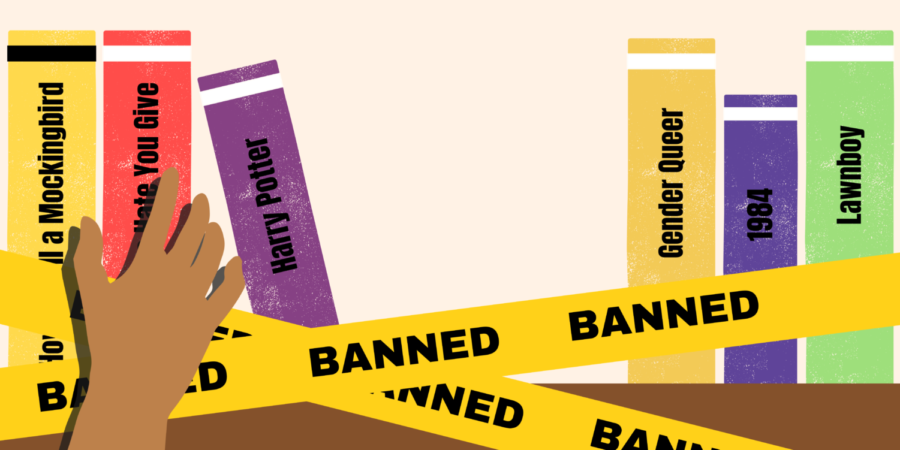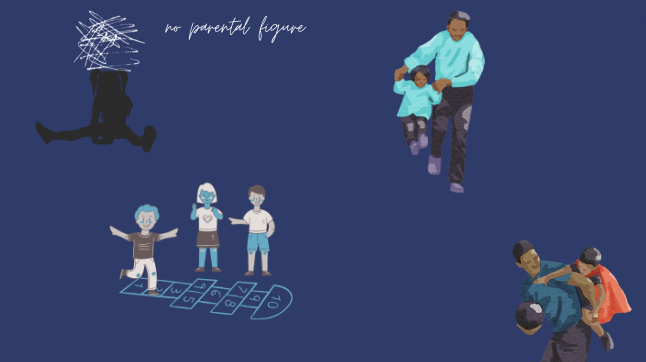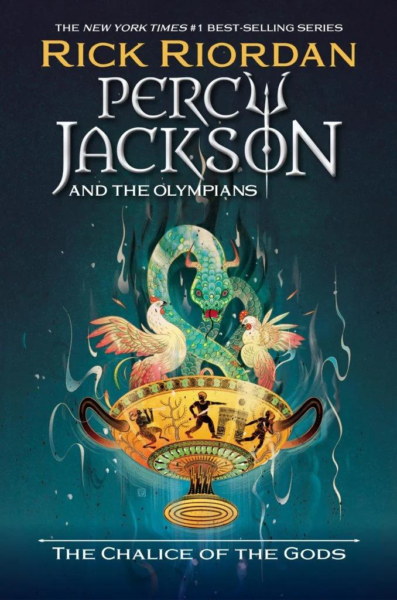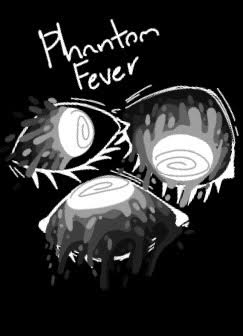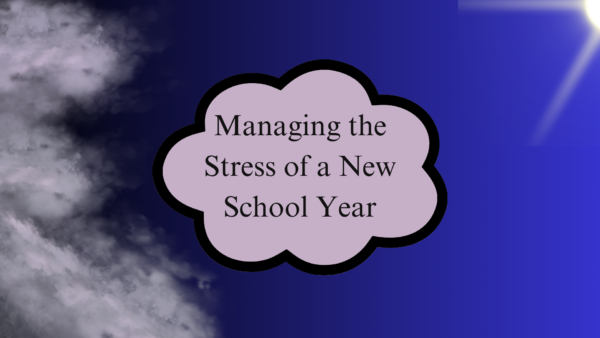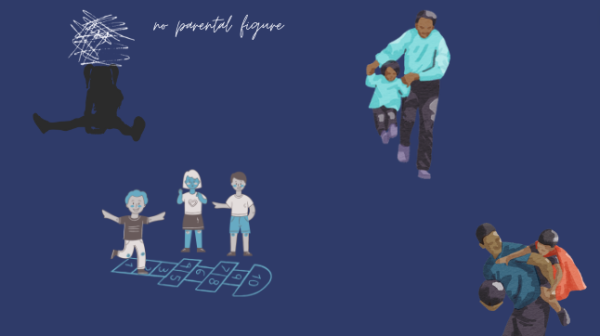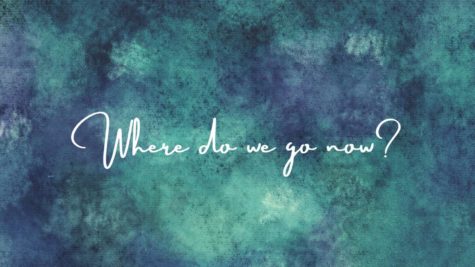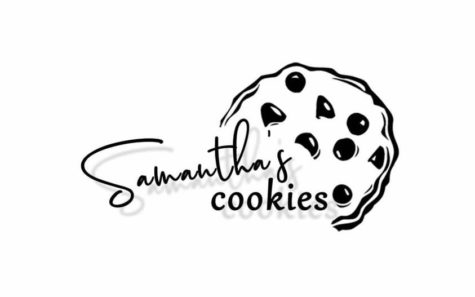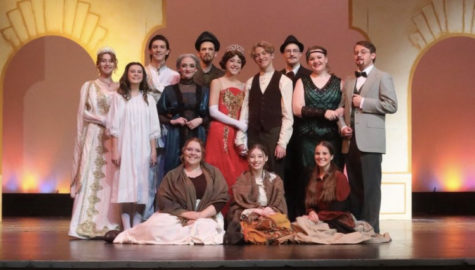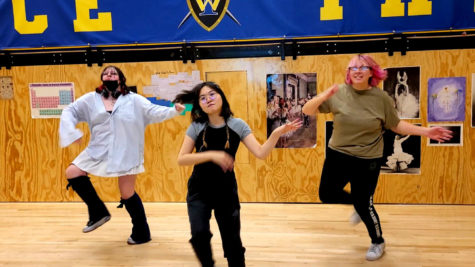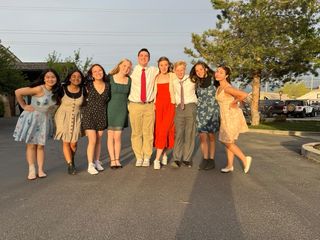Banned Book Week promotes freedom of literature
October 19, 2022
September 18-24 is the annual Banned Books Week event. The week works to promote freedom of reading and remove censorship of books in schools and public libraries. The event is celebrated nationwide and has become especially important due to recent events banning books in several states, including Taylorsville’s home-state Utah.
The American Library Association (ALA) defines a banned book as one removed “based on objections of a person or group.” In contrast, a challenged book has been attempted to be removed but it may still be on the school district and library reading lists despite these challenges. Throughout history, book censorship has not been uncommon.
The first recorded instance of book banning in the U.S. was Thomas Morton’s book New English Canaan published in 1637. His book critiqued Puritans so harshly that the book was banned, likely making it the first to be banned in the U.S. This trend of book censorship has only risen since then, and in 1982 Banned Books Week was created as a response to the rise in challenged and banned books.
Despite book banning happening since the 1600s, it seems to have taken a rise in recent years. According to the ALA Office for Intellectual Freedom (OIF) in 2021 alone, there were 729 challenges to 1,597 books. This contrasts with the recorded 273 challenges or bans in 2020 and 377 in 2019. This trend is continuing in 2022. According to the ALA, there have been 681 recorded challenges to 1,651 titles in just the first eight months of the year. If this trend continues, 2022 could double the recorded number of challenged books.
Book censorship is specifically prominent in Utah. In March of 2022, the governor signed a bill that draws attention to how schools can review materials in schools, called HB 347. Since then, the “Library Materials Model Policy” was enacted outlining the process for putting a book under review. Following that policy, many books in Utah have been put under review or even banned. Alpine School district recently “temporarily removed” 52 books, with parents being allowed to sign off on letting their children read them. This has been heavily influenced by organizations such as Utah Parents United which consists of parents who ask for certain books to be removed from classrooms to protect their children.
While the number of challenged books is large, there is still a process in order to formally “ban” a book. Laws and policies such as HB 347 and the Library Materials Model Policy outlined certain criteria that books must meet in order to be banned as well as the way books are selected for removal. This includes a parent or other personnel submitting an application for removal and “library professional seeks recommendations and works collaboratively with others in the school community during the selection process.”(Library Materials Model Policy).
However, as Taylorsville librarian Mrs. Lorraine Wyness acknowledged, these new rules bring “a lot more attention… to books in the library”. This attention means that more books are challenged and possibly removed.
Most of these titles that are challenged or banned relate to either race or LGBTQ+ issues. In 2021 the ALA released a list of the most challenged books of that year, the top 3 on the list (Gender Queer by Maia Kobabe, Lawn Boy by Jonathan Evison, and All Boys Aren’t Blue by George M. Johnson) all were “banned, challenged, and restricted” because of LGBTQIA+ themes as well as content considered “sexually explicit.” Another book on the list of most challenged books, The Hate U Give by Angie Thomas, was restricted because it was thought to promote an anti-police message.
Director of the OIF, Deborah Caldwell-Stone, was quoted in a Los Angeles Times article, stating “We’re seeing that trend continue in 2022, the criticism of books with LGBTQ subject matter” when referring to the rise in book banning. She added books about racism are also challenged.
With all this happening throughout the country, it is important to see what students think about it. A survey sent out to Taylorsville English Students asked “Do you think that some books shouldn’t be allowed in public schools/libraries?” In response, 62.5% stated “No” while only 37.5% voted “Yes”. When asked how to deal with book censorship, many students agreed that as long as it was not hateful to others or harmful to one’s mental health then it shouldn’t be banned.
One student stated, “We are allowed to have our opinion on books, but that doesn’t mean we get to limit someone else’s access to information.”
Another student stated, “Ignoring it is worse than just censoring it. We should be able to have a conversation about it and understand why it is censored and still have an option to read it”. Similarly, another student stated, “Every book has something you can learn from it.”
The topic of book censorship also affects teachers and school workers. Taylorsville English teacher Ms. Mary Ward stated that a classroom is a safe place for students to read and students “can talk about it, all sides of it, as opposed to them trying to figure out on their own.” She also stated that if it is good literature then the certain language that could be seen as foul is there for a reason and hopefully is not promoting a hate crime.
In short, book censorship has been prominent since the 1600s and is continuing today. Banned Books Week provides a time to research the effect of book censorship. It’s essential to keep in mind the actions that are taken towards challenging and removing books in America and how one might influence it.
For more information and resources on Banned Books Week click here.

